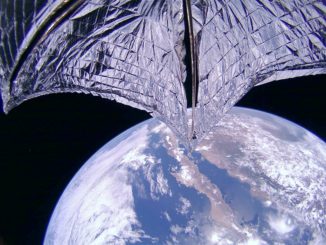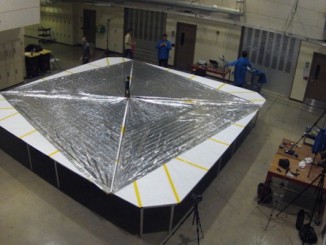
Planetary Society

Mission Reports

Falcon Heavy

News

News

News

News

News







© 1999-2025 Spaceflight Now Inc